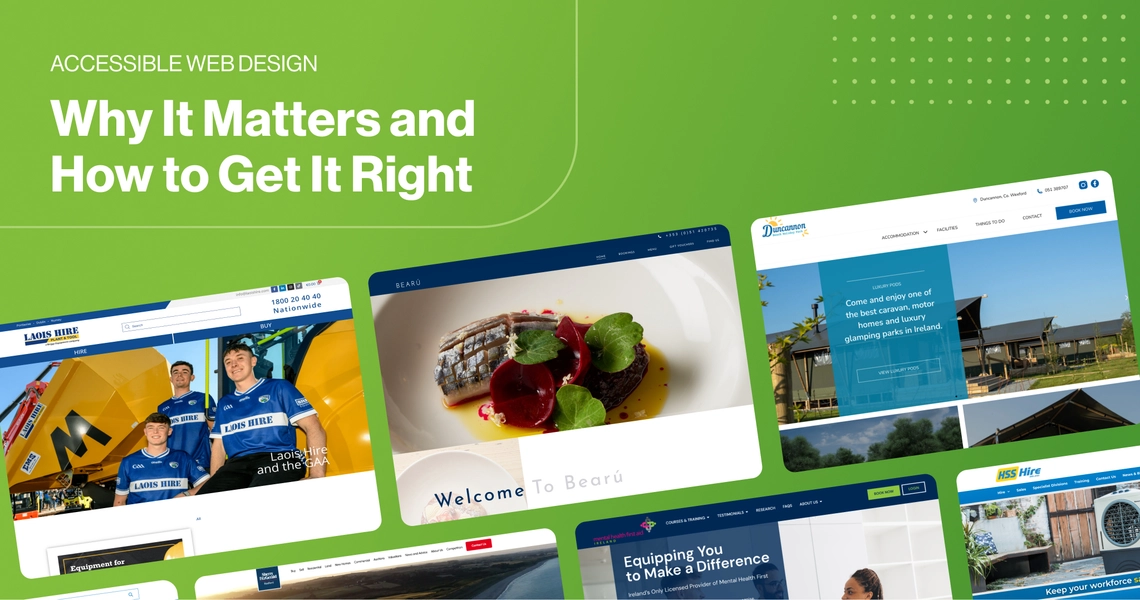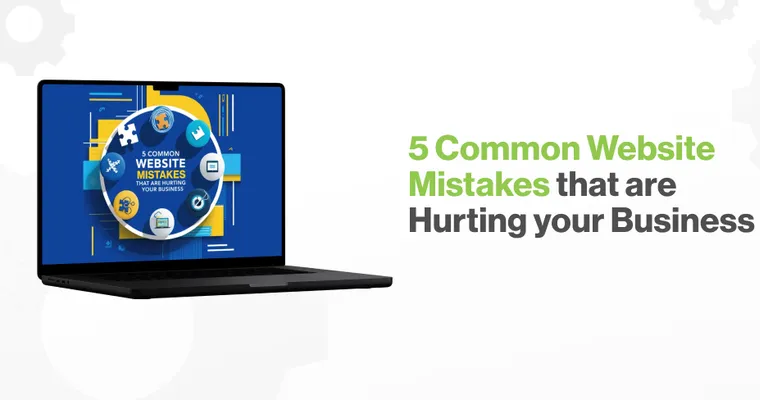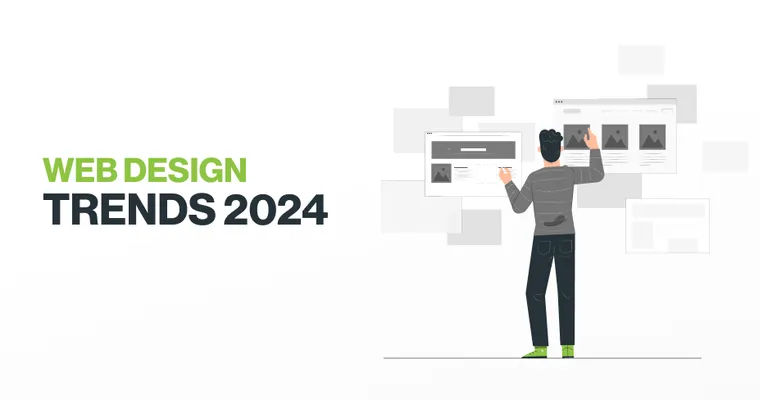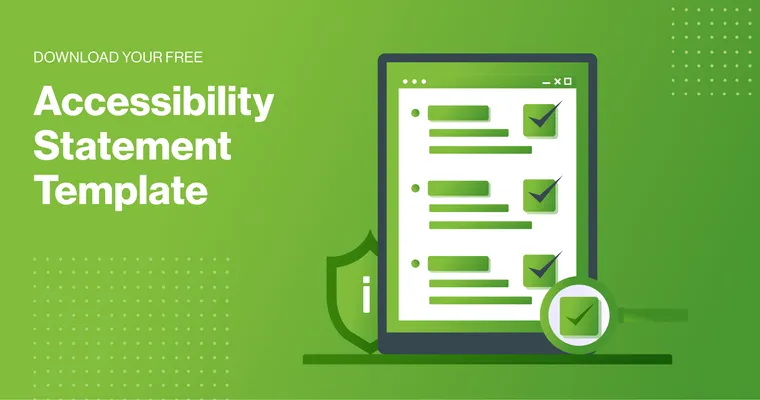Summary
Accessible web design ensures that websites can be used by everyone, including people with disabilities. It improves usability, boosts SEO, and helps organisations comply with legal requirements such as the European Accessibility Act (2025). By following accessibility standards like WCAG 2.1, you make your website more inclusive, professional, and future-proof.
What is Accessible Web Design?
Accessible web design is the practice of creating websites that everyone can use, regardless of ability. This includes people with:
- Visual impairments (blindness, low vision, colour blindness)
- Hearing impairments
- Motor disabilities
- Cognitive or neurological conditions
Accessibility is about removing barriers so that all users can navigate, understand, and interact with your content.
Benefits of Accessible Web Design
Accessible web design brings many advantages, not only for users with disabilities but for everyone who visits your site.
- Inclusive experience: By removing barriers, you make sure your website can be used by people of all abilities. This helps create a sense of trust and loyalty, as visitors know they can always access your content with ease.
- Improved SEO: Many accessibility best practices—such as descriptive alt text, structured headings, and clean code—overlap with SEO. This means accessible websites often perform better on Google, giving you an advantage over competitors.
- Better usability: Features like clear navigation menus, logical page structures, and easy-to-read text benefit all users. Accessibility naturally makes your website more user-friendly
- Legal compliance: With laws such as WCAG 2.1 AA and the upcoming European Accessibility Act (2025), accessibility is no longer optional. Meeting these standards protects your business from legal risk.
- Business growth: By designing for accessibility, you open your brand to a much wider audience. More people can engage with your site, which can directly support customer growth and revenue.
Accessibility is not just about meeting standards—it’s about building a stronger, more inclusive, and more successful online presence.
Key Principles of Accessible Web Design
To make your website accessible, there are several core principles to follow. Each one contributes to a smoother, more inclusive user experience.
- Text alternatives: All images should include descriptive alt text. This allows screen readers to explain visuals to users who are blind or have low vision.
- Keyboard navigation: Your website should be fully usable without a mouse. Many people rely on keyboards or assistive devices to browse, so ensuring smooth navigation is critical.
- Colour contrast: Strong contrast between text and background makes content easier to read for people with low vision or colour blindness. This also improves readability for all users.
- Clear structure: Use headings, labels, and ARIA landmarks to give your website a logical order. This helps screen readers and makes content easier to scan for every visitor.
- Captions & transcripts: Videos should have captions, and audio files should come with transcripts. This ensures users with hearing impairments can still access the information.
- Responsive design: Accessibility must work across all devices. A responsive design ensures your website is easy to use whether someone is on a phone, tablet, or desktop computer.
👉 Ready to make your website accessible and future-proof? Contact our team today to discuss how we can help you build a compliant, inclusive, and user-friendly website.
Frequently asked questions about Accessible Web Design
Q1: Why is accessible web design important?
It ensures equal access for all users, creates a more inclusive experience, and improves SEO by aligning with best practices like structured content and alt text. Accessibility also helps businesses meet legal obligations, such as WCAG 2.1 AA and the European Accessibility Act (2025).
Q2: What are WCAG guidelines?
WCAG (Web Content Accessibility Guidelines) are international standards for making websites usable by people with disabilities. They are built around four principles: websites should be Perceivable, Operable, Understandable, and Robust (POUR). The most widely used standard today is WCAG 2.1 AA.
Q3: Is accessibility only for people with disabilities?
No. While it’s essential for people with disabilities, accessibility also improves usability for everyone—mobile users, older visitors, and even people with temporary issues like a broken arm or eye strain.
Q4: Do accessible websites look different?
Not necessarily. Accessibility doesn’t limit creativity—it focuses on function and usability. A site can still look modern and visually appealing while following accessibility best practices.
Q5: How do I know if my website is accessible?
You can start with free tools like WAVE or Google Lighthouse, which highlight common issues. For a deeper check, user testing with assistive technologies and professional accessibility audits are recommended.



